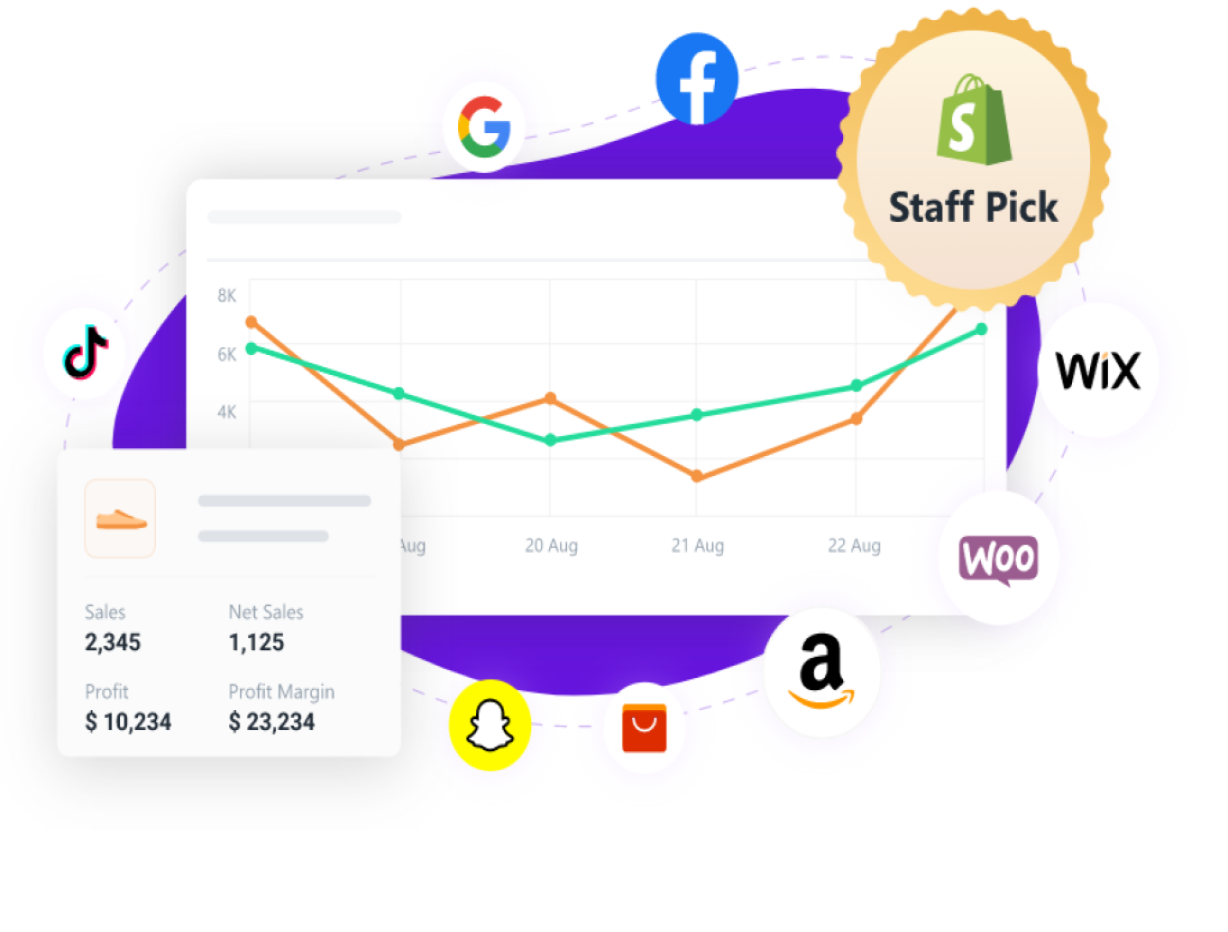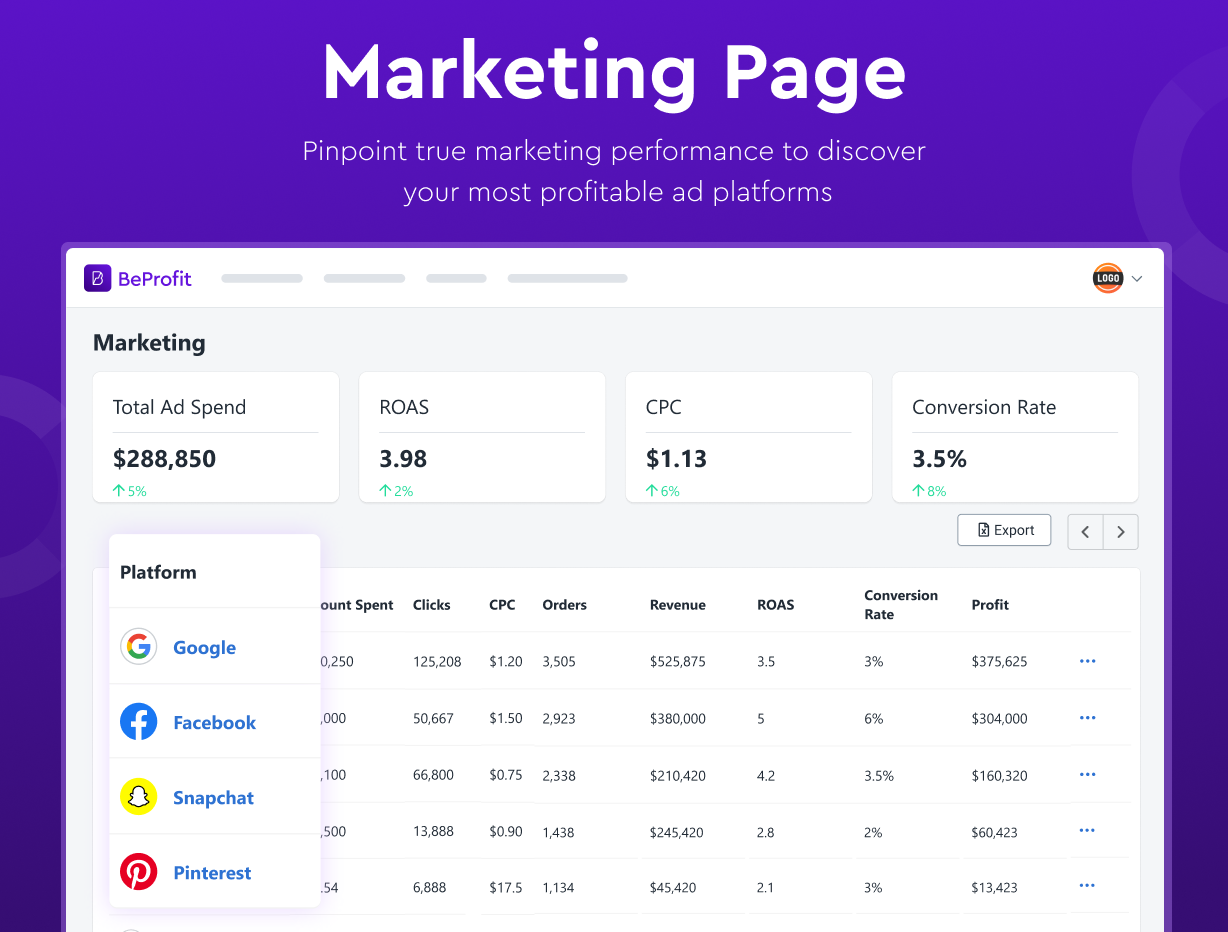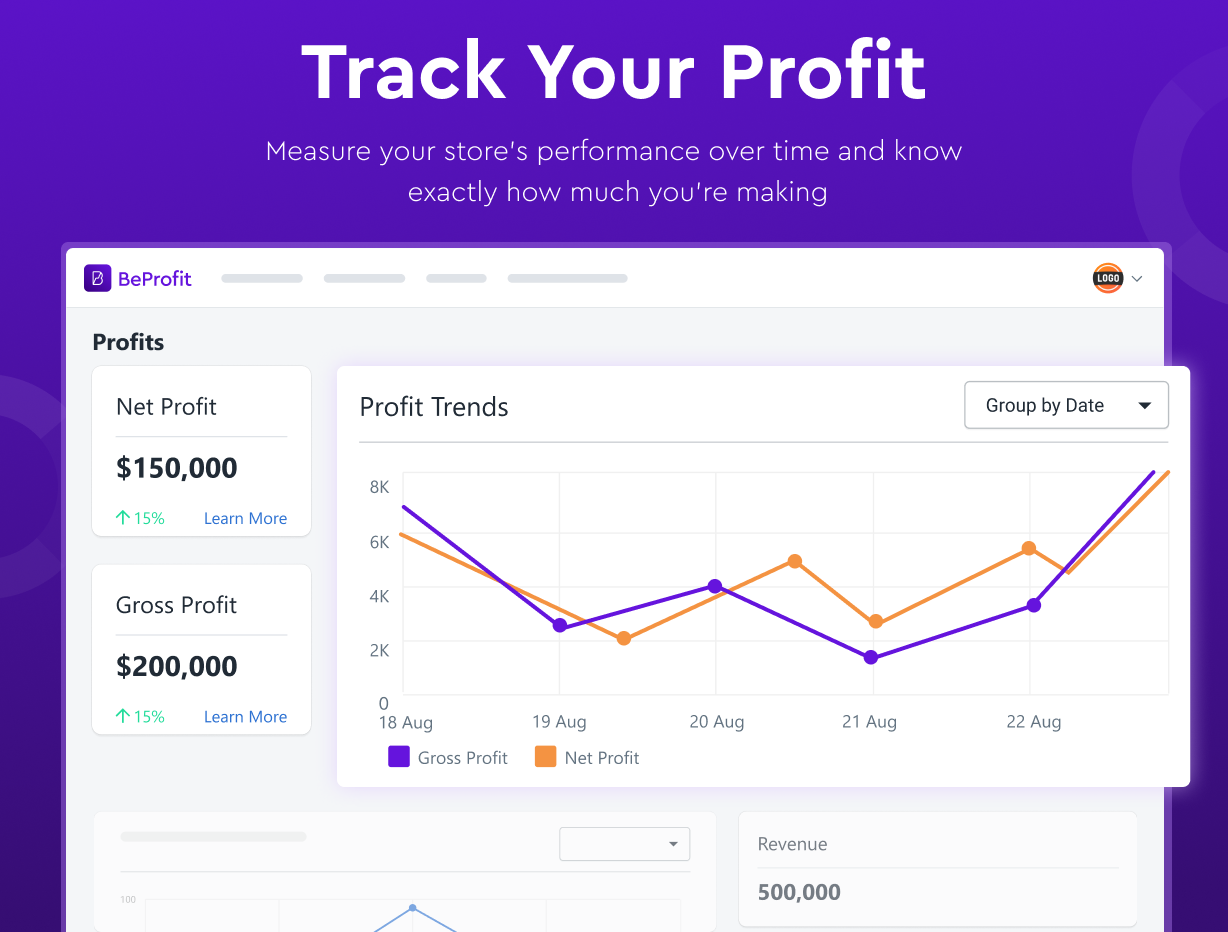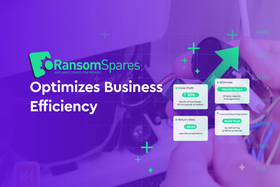Perpetual vs Periodic Inventory Systems: Which Is Best for Your E-commerce Business?
Published March 30, 2023

In e-commerce, your inventory refers to the materials used to purchase goods or merchandise you sell to earn a profit. Because inventory is a core foundation of your business, an effective inventory management system can help you track it better.
Though there are no standard inventory system requirements, Generally Accepted Accounting Principles (GAAP) require inventory systems to abide by regular accounting periods. So, the system you choose should be based on what works for your business.
What is a Periodic Inventory System?
A periodic inventory system is a valuation method where physical inventory counts are done at specified intervals (monthly, quarterly, or yearly).
Businesses using this method do not update their records in real time to account for every sale or purchase. Instead, the periodic system calculates the cost of goods sold (COGS) only at the end of each regular interval and then deduces a gross profit.
COGS = Beginning Inventory + Purchases - Ending Inventory
This system can be most suitable for smaller businesses since they won't have to invest revenue into robust management software or larger workforces. Depending on the ratio of COGS to gross profit, the periodic system can highlight whether you're making a sufficient ROI or if your inventory management is wasteful.
What is a Perpetual Inventory System?
A perpetual inventory system uses sophisticated software to automatically track every inventory transaction, such as incoming and outgoing shipments, returns, and adjustments.
Here, businesses have a more accurate and up-to-date view of inventory levels, so they can quickly reorder products when necessary and prevent stockouts or overstocks. This system is highly suitable for businesses with high transaction volumes and large inventories, such as grocery chains.
Although the system calculates COGS with the same formula as the periodic system, it continuously updates the COGS based on any inventory modifications. This constant tracking of every sale detail can impact profits by lowering wasted revenue through improved stock estimates.
» Are your COGS high? Check out these insights on how to reduce your COGS
Track Your COGS Without Hassle
Save time and effort with customizable expense tracking and reporting.




- Available on desktop and mobile devices.
- Allows you to pull custom expense data from multiple sources at once.
- Offers up-to-date COGS reports.
BeProfit can help you keep tabs on your COGS and track revenue data for one or multiple stores in an all-in-one, intuitive dashboard.
Advantages To Enjoy
| Periodic | Perpetual |
|---|---|
| Lower technology costs: You only need basic tools like a calculator and a spreadsheet to keep track of inventory. | Manage multiple locations easily: Real-time inventory tracking ensures that all locations are up to date and can coordinate to fulfill orders more effectively. |
| Simple process: You don't need to track every individual sale, purchase, or refund in real time. | Allows more informed stock forecasting: Real-time data on inventory levels and movements allows businesses to better predict future stock needs. |
| More cost-effective: With no special software or specialized employees required, businesses can save costs. | Lower inventory management costs: Better forecasting helps address stockout and overstocking issues, reducing excess inventory costs. |
| Minimal experience required: Basic experience in inventory valuation is sufficient since it involves simpler calculations than other methods. | Accurate, real-time data: Automatic updates to inventory levels provide businesses with a more accurate instant view of their stock. |
» Discover the best Wix inventory management apps
Disadvantages To Consider
| Periodic | Perpetual |
|---|---|
| Potential revenue loss: You may run out of stock and not realize it until the next inventory count, leading to lost sales and revenue. | Scanning issues: Incorrect data entry and discrepancies can occur due to barcode malfunctions or human error. |
| Poor stock tracking: This can result from the reliance on manual counts, which has the potential for human error. | Needs increased monitoring: Frequent audits and checks are necessary in case of theft or misplacement, which can require more time and resources. |
| More time-consuming: Physical inventory counts can disrupt operations, diverting resources from other business activities. | Expensive: Significant investment in training, hardware, and software may be required. |
Inventory Systems in Practice
Although both periodic and perpetual inventory systems have setbacks, they can work efficiently for different businesses and industries.
Example of a Periodic Inventory System
A toy business uses a periodic inventory system where the owner and staff manually count and record the toy quantities on paper every quarter. The system works at first, but their substantial product offerings lead to misplacement and overstocking.
To help improve this, the business can change the frequency of the periodic intake to monthly. This could ultimately help by:
- Saving time and money by lowering reactive purchasing.
- Reducing the risk of overstocking by analyzing which items are popular.
- Improving inventory visibility so low-selling items aren't restocked.
Perpetual Inventory System in Use
The same toy business opens two other branches and switches to a perpetual inventory system where they use barcode scanners to track the movement of each toy in and out of their stores. They hire and train more staff to manage and troubleshoot when issues come up.
Despite additional investments, this system works effectively for the toy business because:
- Automatic up-to-date data helps identify which toys sell well and which don't.
- Allows for more informed decisions about ordering and restocking, reducing the risk of stock shortages and potential revenue loss.
- The more trained staff helps achieve a significant return through better stock visibility and increased profits.
» Learn more about keeping track of your e-commerce business expenses
Which System Is Best For Your Business?
When choosing the right inventory system for your business, you should prioritize your unique situation and needs. You may have less inventory and benefit from the simplicity of a periodic system, or you may have a multi-location franchise and do better with a perpetual system. You could even hybridize for increased efficiency that drives sales and profits.
Once your inventory system is in place, platforms like BeProfit can help make your COGS and profit tracking seamless with data integration, custom reports, and real-time monitoring.








